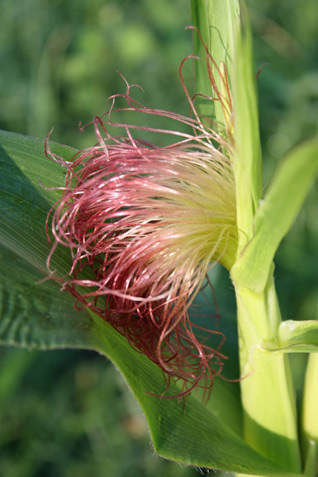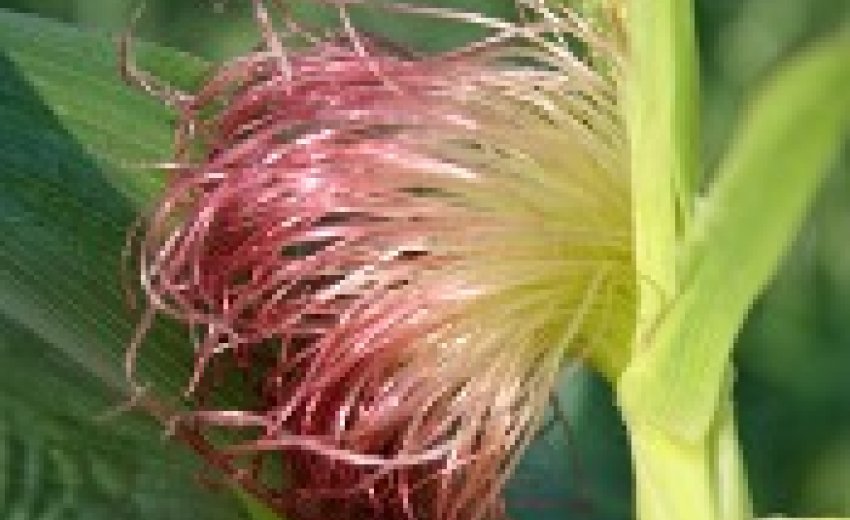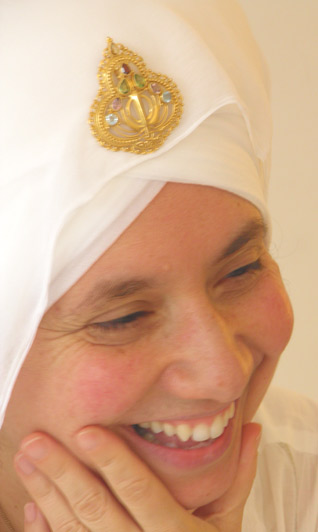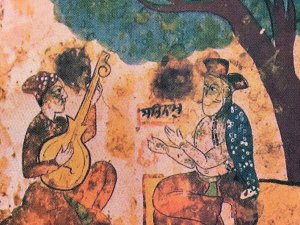|
Seeds. March 20. 2013: They hold the secret of life - the sustaining ability of Mother Earth to carry the results of her experiments from one generation to the next. Seeds are so small, and yet there is an encyclopedia of instructions within each one. A person can perceive the Cosmology of the entire universe, and the cycle of existence, by looking at a seed. Back in October 2012, there was a Traditional Agriculture & Sustainable Living conference at Northern New Mexico Community College. The conference organizers brought in some amazing speakers – including Rowen White, Director of the Sierra Seed Cooperative, and Paul Stamets, a dedicated mycologist who studies fungus and mushrooms and how they act as the immune system for the earth’s soil. It always inspires me to realize how potent, self-renewing and resilient life is. When we begin to touch the power of the earth, it helps us remember the power within ourselves. At the end of the conference, there was a very humble seed exchange. People brought seeds from their gardens, or they brought pre-packaged seeds. The seeds were left on a table. Then, anyone could pick up any seeds that they liked. The apricot tree in my backyard had, for the first time in six years, actually borne fruit. Small, palm-sized apricots that were juicy and delicious. I had saved the pits from the fruit and brought them as my offering to the exchange. There, on the seed-exchange table, was something I had never seen before. Pink corn! Lorraine Kahneratokwas Gray of the Four Bridges Traveling Permaculture Institute, had brought a single ear of this corn from her farm in the Espanola valley. The pink color was rich and sweet and it opened my heart. After loosening the seeds off the husk, I took a handful of the corn and brought it home. I have never tried to grow corn in my life, and the land where I live is harsh. Not much rain. Strong winds. Intense sun in the summer. Growing anything out here is a fight. But as I began to research the seeds, a new world opened up to me. These were Hopi Pink Corn seeds. Extremely rare. Almost impossible to find over the Internet. But the surprising thing was – the Hopi Indians had bred them to grow in the desert. |
  |
|
Traditionally, the Hopi would use a stick to poke a hole in the ground a foot deep where moisture from the winter snows would still be held by the earth. Then, they would plant multiple seeds in each hole, cover it up and leave it alone. In the desert, with the wind and the sun, the corn stalks would sprout together in clumps – coming up through one foot of earth, and sending deep tap roots down as an anchor. In this way, the corn grew and gave life to itself and to the Hopi people. In my mind’s eye, I see the Hopi, with their sticks, planting and praying over the corn. No machines. No chemicals. Just a fierce interdependence with a harsh environment, and a strong will to live. We may be what we eat. But the seeds that we breed reflect our beliefs about the world. And these seeds say, “Life can survive anywhere.” Learning whatever I could about the corn, I became simultaneously inspired and terrified. It is one thing to plant seeds from a catalogue, and if they don’t “take” this year, you can always try again next year. It is another thing to suddenly find yourself in possession of seeds that are in danger of becoming extinct, with absolutely no experience in how to grow them.
I figured what I needed the most was some help from the Guru. I have heard stories about the Sikhs during the time of the Gurus. It is said that they “made the desert bloom.” Strength. Determination. Rare seeds, themselves. So I asked myself, could there be a shabad in the Guru Granth Sahib that could possibly relate to the planting and cultivating of crops? In some distant past, unrecorded by history, could there be a shabad the farmers may have sung to help their crops grow? I am a firm believer that plants respond to verbal communication from people. Talking out loud to them. Singing to them. It’s not superstition. They like it. So I did an electronic search of the Guru Granth, noticing that there is a word which gets translated as “corn” into English. And I came across one shabad by Guru Amar Das, the Third Master, that seemed to fit the bill. If there were any shabads to support the life of a crop, this could have been one. It is found on page 1281. Here is a poetic interpretation of it.
Since finding this particular shabad, I have taken to singing it from time to time with the seeds nearby. I have no idea if the seeds will be successful here, but I have connected with those who can give me guidance about how to grow them. With Guru Amar Das’ shabad in hand, this will give the corn its best shot. Rare seeds need every chance to reproduce. They are the genetic treasure house of the earth. But the Hopi Pink Corn has me thinking about the Khalsa. And how that way of life, that consciousness, was a rare and resilient seed. It took the Gurus 250 years to cultivate that breed of consciousness, to select for the traits, working tirelessly lifetime after lifetime. And that rare seed also needs to be preserved … and nurtured. Just as we are losing the diversity of our food seeds in nature, so are we losing the diversity of how to live life. The Khalsa way of life requires self-discipline -- sometimes, it’s even challenging -- and requires constant commitment. But like the Hopi Pink Corn, it is capable of survival against incredible odds. It grows deep roots to give life to all. There are no conclusions to this essay because the story of the Hopi Pink Corn has just begun in my life. Six months from now there could be phenomenal success or heart-breaking failure or anything in between. But this is the process of life. We are given a chance. We are not given a guarantee. And the only real question is – did you take the chance with both hands and do your best? Because Waheguru ji ki Fateh – victory is Thine -- anyway. | |


 But I am a deep believer that the hand of the Divine moves for a reason. Nothing is a coincidence. So, if the Hopi Pink Corn has come into my life, I have a duty to at least try and sprout it. Even if it ends in failure, I have to try.
But I am a deep believer that the hand of the Divine moves for a reason. Nothing is a coincidence. So, if the Hopi Pink Corn has come into my life, I have a duty to at least try and sprout it. Even if it ends in failure, I have to try.


